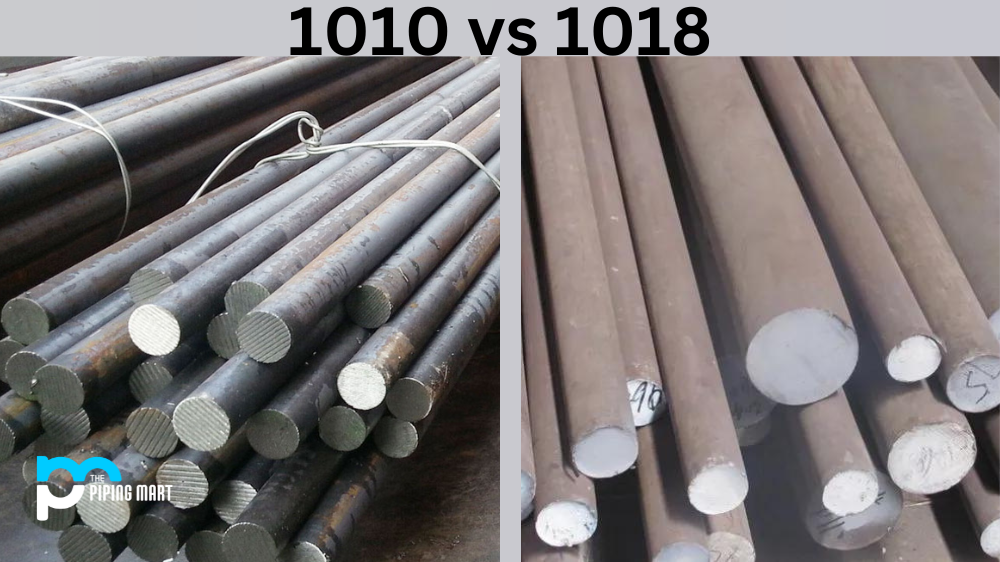Aerospace engineers are looking for new ways to optimize aircraft performance as technology advances. One way is by improving the strength-to-weight ratio of aircraft structures. This means reducing the weight of the aircraft while increasing its structural strength. One way to do this is by using composite materials in aircraft construction. Let’s take a closer look at how composite materials can optimize strength-to-weight ratios in aircraft.
What Are Composite Materials?
Composite materials are made up of two or more different materials that are bonded together to form a single material with properties that differ from those of the individual components. In other words, it is a material made up of two or more different materials that can be stronger than either one alone. The most common type of composite material used in aerospace engineering is carbon fiber-reinforced plastic (CFRP). CFRP combines carbon fibers and epoxy resin to form a lightweight yet strong material that is ideal for aircraft construction.
Uses Of Composite Materials In Aircraft
Composite materials have many benefits when it comes to aircraft design and construction:
- They are lightweight, which increases fuel efficiency and overall performance compared to traditional metals such as aluminum or steel.
- They are strong and durable, allowing them to withstand high levels of stress and fatigue without deforming or breaking down like traditional metals would.
- They have excellent corrosion resistance, which makes them suitable for long-term use in even the harshest environments.
Strengthening Aircraft Structures With Composite Materials
Using composite materials in aircraft construction improves their strength-to-weight ratio by replacing heavier metal components with lighter composite ones without sacrificing structural integrity or performance. For example, using CFRP instead of aluminum can reduce an entire wing structure’s weight by up to 30%. This weight reduction not only improves fuel efficiency but also reduces drag forces on the wings, enhancing performance. Furthermore, CFRP has higher tensile strength than aluminum, so it can withstand higher levels of stress without deforming or breaking down like aluminum would under similar conditions making it an ideal choice for strengthening aircraft structures while reducing overall weight simultaneously.
Conclusion:
Aircraft design and construction are constantly evolving as engineers look for new ways to improve performance while optimizing resources such as fuel efficiency and structural integrity. One way they do this is by using composite materials in place of traditional metals such as aluminum or steel when constructing airframes, wings, fuselages, etcetera. By replacing metal components with lightweight yet strong composites like CFRP (carbon fiber reinforced plastic), designers can improve an aircraft’s strength-to-weight ratio without sacrificing performance or safety—making it an ideal solution for today’s modern aerospace industry!

Pipingmart is a B2B portal that specializes in metal, industrial and piping items. Additionally, we share the latest information and information about materials, products and various types of grades to assist businesses that are involved in this business.




